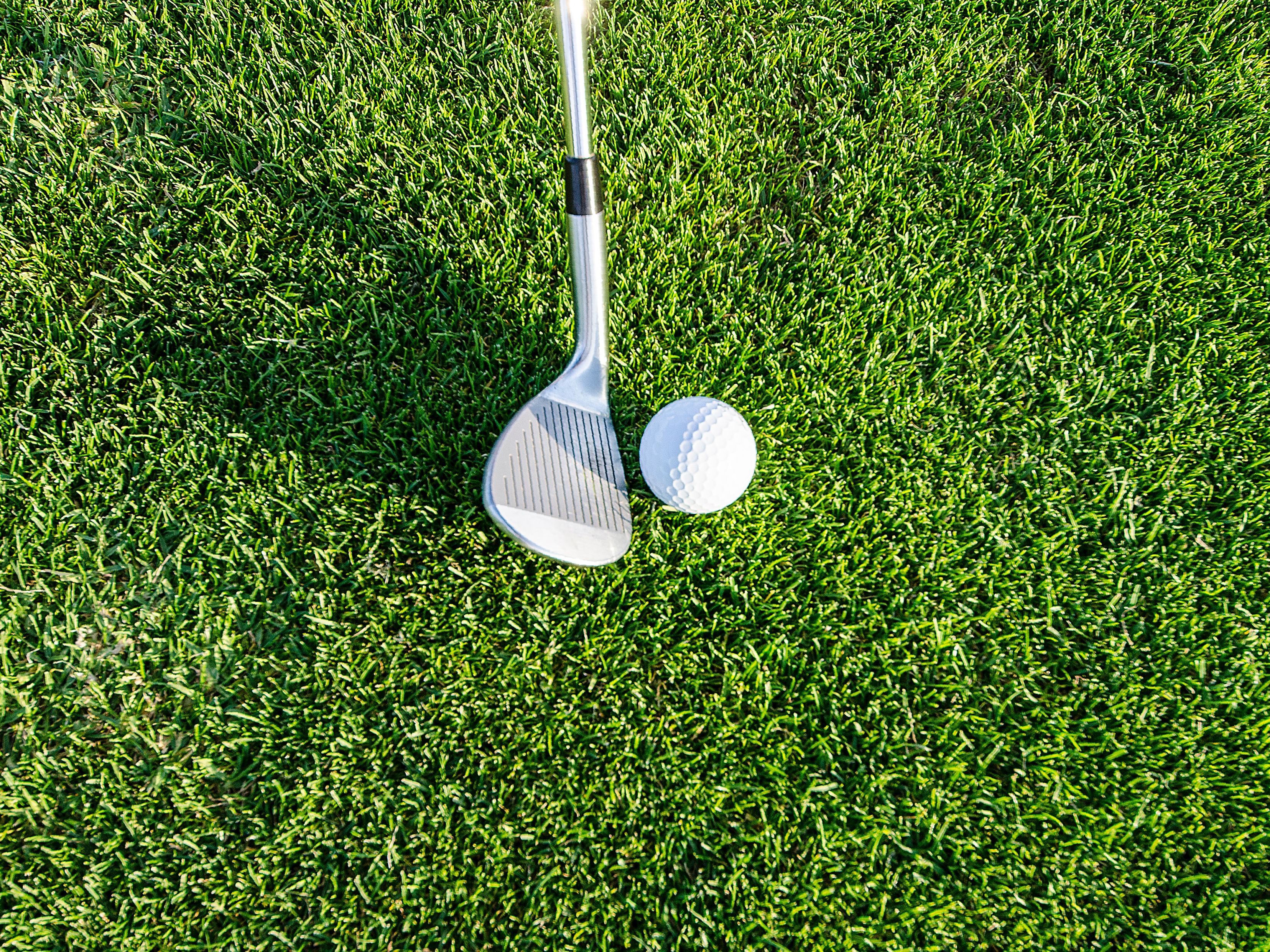You're Reading: Understanding how to use the Bounce

“You’ve got to use the bounce.” “What degree of bounce do you have?” If you have ever found yourself wondering what exactly this ‘bounce’ is and how you’re actually supposed to use it, this article is for you.
The bounce may often be misinterpreted or confused with the sole of the golf club. While the two terms are related, the distinction lies in how the sole is a tangible piece of metal at the bottom of your clubhead whereas the bounce merely describes the angle measured from the leading edge of the club face to the bottom of the sole, the point at which the sole touches the ground when the club is in its properly lofted position. The below video clip illustrates this graphically.
Understand that every iron in your bag has some level of bounce. While bounce is less of a consideration for non-wedge irons, the measurement ranges from about 1 degree bounce for the longer irons to as much as 6 or 7 degrees for your 9 iron/pitching wedge. The bounce on your wedges will vary based on your swing, your style of play, or even the type of course conditions with which you typically contend. However, there are three categories that group different levels of bounce: low-bounce (ranging from 4 to 6 degrees), mid-bounce (ranging from 7 to 10 degrees), and high-bounce (bounce with degrees greater than 10).
Now, with a definition of what the bounce refers, it’s time to understand how it can aid your game. After all, Bob Vokey, “the true master craftsman behind Vokey’s high-performance wedges” at Titleist, asserts that “Bounce is your friend.”
The true benefit of the bounce is its forgiveness. The less bounce you have, the sharper a wedge’s leading edge which in turn will promote deeper divots. While this effect has scenarios in which it is advantageous, it allows for less forgiveness and is usually undesirable for golfers with steep swings who already cut sharply into the earth. Think about it: a swing in which the club touches the ground just before the point of impact will suffer due to a sharp leading edge taking an early divot, resulting in a chunked pitch. A greater degree of bounce will mitigate the damage as a more-pronounced sole will slide along the turf when the club descends too early instead of digging in.
With longer irons, the golf swing is generally shallower and will result in smaller and slighter divots which is why less bounce and a sharper leading edge is better suited to these clubs.
Moreover, the bounce is useful in more cases than strictly providing forgiveness. The bounce and sole of the club are intrinsic to hitting the flop shot. Phil Mickelson and Bryson DeChambeau were seen discussing this topic at this year’s US Open at Torrey Pines. Mickelson dispelled the putative belief among amateur golfers that the club must slide directly under the ball as its first point of impact. However, in most cases, the golfer must use the bounce to hit behind the ball so that the clubhead then bounces up into the golf ball with an open face, ultimately resulting in a vertical and softly-landing shot.
The bounce can also be used to negotiate tight lies on short-sided shots around the greens as Matt Fisher, aka, Mr. Short Game from GolfersRX, instructs below.
Finally, what factors determine the degree of bounce best suited for your game? Well, considering the variety of shots you will be forced to hit during your rounds of golf, there is not a clear-cut number which is why it is important to establish versatility in the wedges you carry. Also, your best bet is to get a professional fitting that will match the correct bounce and grind (how the sole of the club is shaped) to your swing. Below are some guidelines:
Additionally, as alluded to earlier, the type of conditions you play also play a factor. If you consistently play at a course with tight lies, hard pan, or wet sand bunkers, you may want to avoid wedges that fall into the high-bounce category. Have you ever experienced a wet bunker shot where you try to hit behind the ball to launch the ball upwards, but the clubhead deflects off the sand and instead comes in direct contact with the golf ball producing a thinned shot? In these scenarios, to diminish the unwanted deflection, a lower bounce will aid in driving into the firm sand.
Alternatively, less bounce will prove detrimental in fluffy bunkers, where a sharp leading edge will dig too deeply into the sand and inhibit a golfer’s ability to follow through and advance the ball. A wedge with a high degree of bounce will slide through soft sand without deflecting.
Next time you hear the term bounce bandied about, you no longer have to shy away but can enter the conversation informed. The best part is that you have found a new “friend” within your golf arsenal – the bounce.